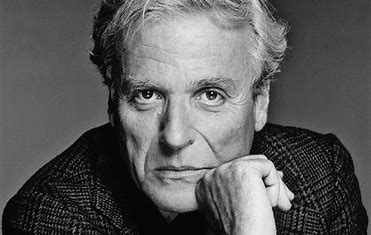Introduction
Ingmar Bergman is one of the greatest filmmakers of all time, known for his insightful and introspective movies that explore the human condition. His filmography spans over six decades, and includes classics such as Persona, The Seventh Seal, and Wild Strawberries. In this article, we will rank the top 10 Ingmar Bergman movies, based on their critical acclaim, cultural significance, and lasting impact. We will also draw insights from the director’s autobiography, The Magic Lantern, to provide a deeper understanding of his creative process and personal life.
1. Persona

Overview
Persona is a 1966 psychological drama film that explores the complex relationship between an actress and her nurse, who gradually merge into one identity. The film is widely regarded as one of Bergman’s masterpieces, and has been praised for its innovative cinematography, haunting score, and powerful performances by Liv Ullmann and Bibi Andersson.
Insights from The Magic Lantern
In his autobiography, Bergman reveals that the idea for Persona came to him during a period of deep depression and self-doubt. He saw the film as a way to confront his own fears and anxieties, and to explore the themes of identity, selfhood, and artistic creation. Bergman also describes the intense collaboration between him and the two lead actresses, who helped shape the characters and the story through improvisation and personal experiences.
2. The Seventh Seal
Overview
The Seventh Seal is a 1957 historical drama film that follows a medieval knight who plays a game of chess with Death while on a crusade. The film is known for its iconic imagery, including the knight’s confrontation with Death on the beach, and for its philosophical themes of faith, mortality, and the meaning of life.
Insights from The Magic Lantern
Bergman writes in his autobiography that The Seventh Seal was inspired by his own fear of death and his search for spiritual meaning. He also reveals that the film was not initially well received by Swedish critics, who found it too dark and pessimistic. However, the film’s international success and enduring popularity have proven its lasting impact on cinema and culture.
3. Wild Strawberries
Overview
Wild Strawberries is a 1957 drama film that tells the story of an elderly professor who takes a road trip to receive an honorary degree, and reflects on his past, his regrets, and his relationships. The film is praised for its poignant and poetic storytelling, its beautiful black-and-white cinematography, and its sensitive portrayal of aging and memory.
Insights from The Magic Lantern
Bergman reveals in his autobiography that Wild Strawberries was partly inspired by his own experiences of aging and mortality, and by his relationship with his father. He also describes the challenges of working with the lead actor, Victor Sjöström, who was a legendary filmmaker in his own right, but who also suffered from dementia during the shoot.
4. Fanny and Alexander
Overview
Fanny and Alexander is a 1982 epic drama film that spans several years in the lives of a Swedish family, and explores themes of love, death, and creativity. The film is notable for its lavish production design, its ensemble cast of talented actors, and its blend of realism and magic realism.
Insights from The Magic Lantern
In his autobiography, Bergman describes Fanny and Alexander as his last major film, and as a culmination of his artistic vision and personal philosophy. He also reflects on the challenges of making such a complex and ambitious project, including the tensions between him and the producers, and the difficult casting process.
5. Cries and Whispers
Overview
Cries and Whispers is a 1972 drama film that tells the story of three sisters who reunite in their family estate, and confront their past traumas and resentments. The film is known for its intense emotional power, its striking use of color, and its exploration of female subjectivity and sexuality.
Insights from The Magic Lantern
Bergman writes in his autobiography that Cries and Whispers was a very personal film for him, as it dealt with themes of illness, death, and female relationships that were close to his heart. He also describes the challenges of working with the all-female cast, who brought their own perspectives and experiences to the characters.
Conclusion
Ingmar Bergman’s filmography is a testament to his creativity, intelligence, and humanity. His movies continue to inspire and challenge audiences around the world, and his legacy as a filmmaker and a cultural icon is secure. By ranking his top 10 films and exploring his insights from his autobiography, we hope to shed light on his artistic vision and his personal struggles, and to encourage more people to discover and appreciate his work.



